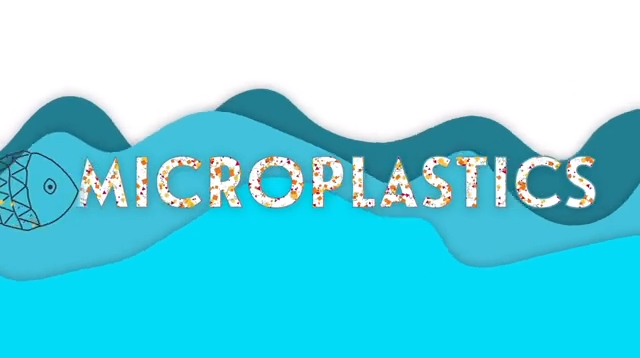Microplastics
Microplastics have been found on almost every beach, on the surface of every ocean, in deepest parts of the sea, and in some of the most remote parts of the planet. As part of the Government of Canada’s efforts to reduce plastic pollution, we are committed to learning about microplastics and contributing to Canada’s Plastics Science Agenda. Fisheries and Oceans Canada is working with partners to understand the effects of microplastics on aquatic ecosystems.
On this page
About microplastics
Microplastics are tiny pieces of plastic that are microscopic and up to 5 millimetres in size. They come in different shapes, sizes and forms. Some examples include beads, fibers, foam and fragments. Their composition can also vary widely, as they are made of many different types of plastic and have different chemical additives such as dyes or fillers.
There are two categories of microplastics:
- Primary microplastics are microscopic plastic products that are directly released in the environment as small particles. They are often used in pharmaceuticals and cosmetic products (microbeads however are banned in cleansers and toothpaste). Primary microplastics are also used for manufacturing larger plastic products.
- Secondary microplastics come from larger plastic objects as they break down, or degrade, in the environment.
The most common microplastics found in marine environments are secondary microplastics and come from everyday items. The most common are fibers from the synthetic clothing we wear and tire dust but other important sources include fishing gear and single use plastics like food and beverage packaging, plastic bags, toothbrushes, and cigarette butts.
Microplastics in the aquatic environment
The largest contributors to microplastics in the water are from land-based sources. Microplastics are mainly introduced into rivers and oceans from plastic litter, treated wastewater release, or sewer overflow during high rains.
On-the-water activities, such as fishing and aquaculture, can also introduce microplastics into the water. When plastic equipment like nets, rope and cages, are used repetitively and exposed to air, sun and water, small pieces can break off and enter the water.
Microplastics in aquatic animals
Microplastics have been found in a wide range of aquatic animals from small organisms like zooplankton to large mammals like whales. Animals can ingest or inhale microplastics when they:
- eat prey that have also consumed microplastics
- eat microplastics floating in the water
- filter the water for food
- breathe in through gills or at the surface of the water
While researchers are still learning about the effects of microplastics on aquatic life, many agree that the amount of harm likely depends on the characteristics of the plastic pieces, including size, shape and chemical makeup. The amount of harm will also vary for the type of animal, including its size and stage of life.
Ingestion can cause both physical and toxicological impacts.
Microplastics that are ingested by animals can accumulate in the digestive system and tissues, and may impact the following:
- feeding
- growth
- movement
- reproduction
- inflammation
- life expectancy
Plastics often contain harmful chemical materials such as flame retardants, colorants, and other additives. Once ingested, these chemicals can leak from the plastic into an animal, potentially causing additional harm. Microplastics also have a tendency to attract other pollutants in the water, which can drift towards and stick to microplastics. This increases the risk of exposure to other chemicals. Harmful microorganisms can also live on the surface of the microplastics, which could increase the health risk to animals that consume them.
Microplastics research
We are working to better understand the impacts of microplastics on aquatic environments and organisms, and are refining methods and tools to better study microplastics. Since 2016, we have been investing in research projects to study a variety of topics, including:
- how microplastics impact aquatic environments
- how microplastics accumulate and concentrate in aquatic organisms at all levels of the food chain
- how microplastics affect the health and reproduction of aquatic animals
These studies are generating new knowledge on the potential effects of microplastics on marine life and enabling us to better track them and other pollutants.
Infographics
News products
- News Release: Banning harmful single-use plastics as early as 2021
- Backgrounder: Government of Canada taking action to reduce plastic pollution
- Date modified:
